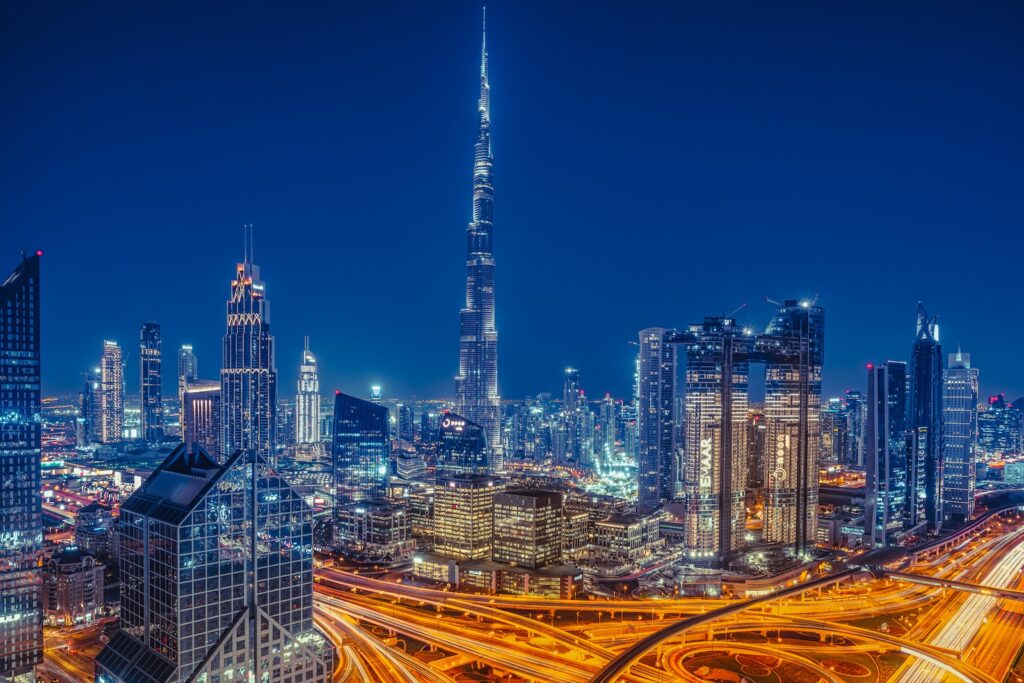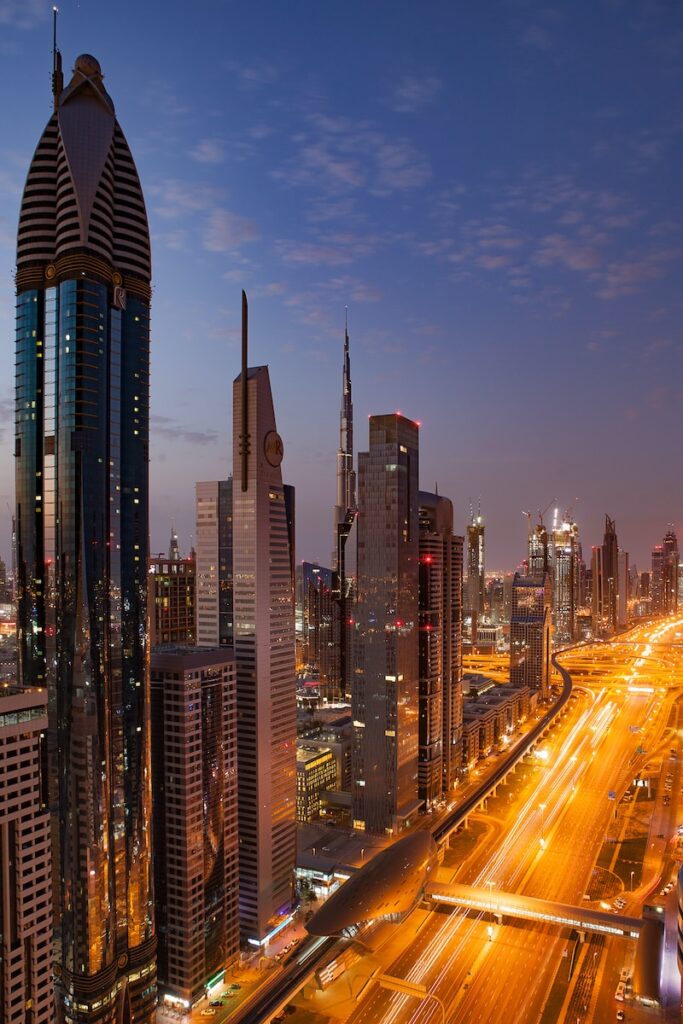Great expectations: What we want from COP28
The world’s most important environmental gathering is open for business again, and already marred in controversy. But that shouldn’t stop us asking for results this time.

News broke earlier this week that the host of this year’s UN climate summit, the United Arab Emirates, had discreetly planned on using the two-week mega-conference to make oil and gas deals with world leaders. Tellingly, we’re not sure if anyone was surprised.
It’s not just the fact that COP28 is being held in a part of the world heavily reliant on fossil fuels for economic resilience. A controversial choice made worse by the awful Emirati record on human rights and equality – two issues people now understand are climate-related – even without this background it’s hard to feel hopeful about 2023’s ‘last chance for humanity’.
Like our disappointment at world leaders’ abject failure to do much about myriad environmental challenges, we’ve heard language like that before and seen scant progress. And the idea that COP is somehow our one great hope for a greener future, or indeed a future, is a misnomer that disregards the relationship between politics and corruption, money markets and imbalanced global economic systems.
Yes, it’s thanks to the machinations of events like COP28 that we have the Paris Agreement and defined sustainability goals. But, no, sadly, even with binding accords and a keen understanding of what those targets means, the state of our planet continues to worsen.
Of course, the UK perspective is particularly pessimistic. Coming off the back of successive governmental u-turns on climate policy, and in the wake of yet another open letter to Downing Street demanding more is done to save the world, and specifically ending new fossil fuel developments – this time signed by over 2,000 business leaders and professionals just ahead of COP28 – it’s impossible not to feel wholesale political change is needed before more environmental progress might be possible. The fact Prime Minister Rishi Sunak tried to completely avoid attending last year speaks volumes.

Nevertheless, the summit remains essential and urgent. In a beautiful mirror image of civilization, it is far from perfect but for the time being it’s all we’ve got. This year is set to be a landmark, too, with the UN completing its ‘global stocktake’ to see how we’re doing at addressing the crisis against the Paris Agreement we created eight years ago. The results are likely to demand a dramatic course correction now, because by the time we take stock again it’s going to be too late.
2023 is also set to include significantly more talk of creating resilience, reversing damage, and adapting our world to cope with the changing climate through nature based solutions. The idea that biodiversity restoration and protection is intrinsically linked with the ability for our habitat to endure things like flash flooding has finally crossed into mainstream thinking, and not before too long. And details will be shared on how COP27’s big win will work in practice – the new loss and damage fund to support countries bearing the brunt of this environmental catastrophe.
Food is also set to factor heavily in the coming 14 days schedule, and remarkably this is one of the first times what we eat has been centre stage in this particular climate summit. Food waste is a growing problem in developed countries, and comes with a hefty price and carbon tag. Meanwhile, production is responsible for exhausting land of nutrients and leaving soil lifeless for the next generation, and deforestation for livestock rearing continues.
Regenerative farming practices must therefore be adopted and regulation can help this, whereas supply chains, labelling, and storage all have a part to play in getting to where we need to be. Fittingly, ‘The State of the Nation’s Food Industry 2023’ report was published this week by the Food Foundation and shows just how little is really happening to reduce the impact of our meals. The paper cites the Climate Change Committee, which advises that domestic meat consumption must drop by 35% by 2032 if the UK is to stand a chance of meeting 2050 net zero targets.
Despite understanding their responsibility to bring emissions down, no UK food retail or service business has a target for, or discloses the percentage of sales coming from animal and plant proteins. Without understanding this, it’s impossible to ascertain what changes need to be made to business models in order for the necessary pivot towards plants to happen.
The built environment also needs to be high on the agenda. Environment Journal has reported on various innovations in this space, from low carbon concrete to supply chain management systems. Nevertheless, 42% of the planet’s carbon output is thought to come from buildings, structures, and infrastructure. And these alone account for around 28% of our energy-related emissions.
Despite this, there is still no internationally agreed definition of what a ‘net zero building’ is. Nor a clear distinction of the difference between net zero enabled and verifiably net zero operationally. According to the World Business Council for Sustainable Development, there is currently no chance of reaching the UN 2030 built environment breakthrough goal of all new and refurbished buildings completed from 2030 to be net zero in operation, and so bold steps need to be taken.
Energy is, of course, always a defining COP issue, and expectations have never been higher for an agreement on how to make a just transition away from fossil fuels and onto renewable sources. Key stakeholders on all sides will be in Dubai over the coming days and weeks, making this a vital opportunity that should not be squandered. And there will also be countless technological innovations showcased in this area.
One we are particularly interested in is a new energy systems modelling tool by the climate analytics non-profit, TransitionZero. The organisation pegs this as offering ‘unparalleled granularity and accuracy’, and it could help countries dramatically cut the cost of switching to clean energy grids. Known as the Future Energy Outlook, it’s the most complete open-source dataset ever compiled in this area, and includes the power supplies for 99% of the world’s population.
Over the next 14 days, Environment Journal will be bringing updates and takeaways, learnings and breaking news from COP28, ultimately looking for signs of progress in all these areas, and more. And given the UNEP’s latest emissions gap report suggests we are heading for 3 degrees of global warming by 2100 unless things take a turn for the more responsible and sustainable, anything other than serious commitments and workable plans will be unacceptable.

















